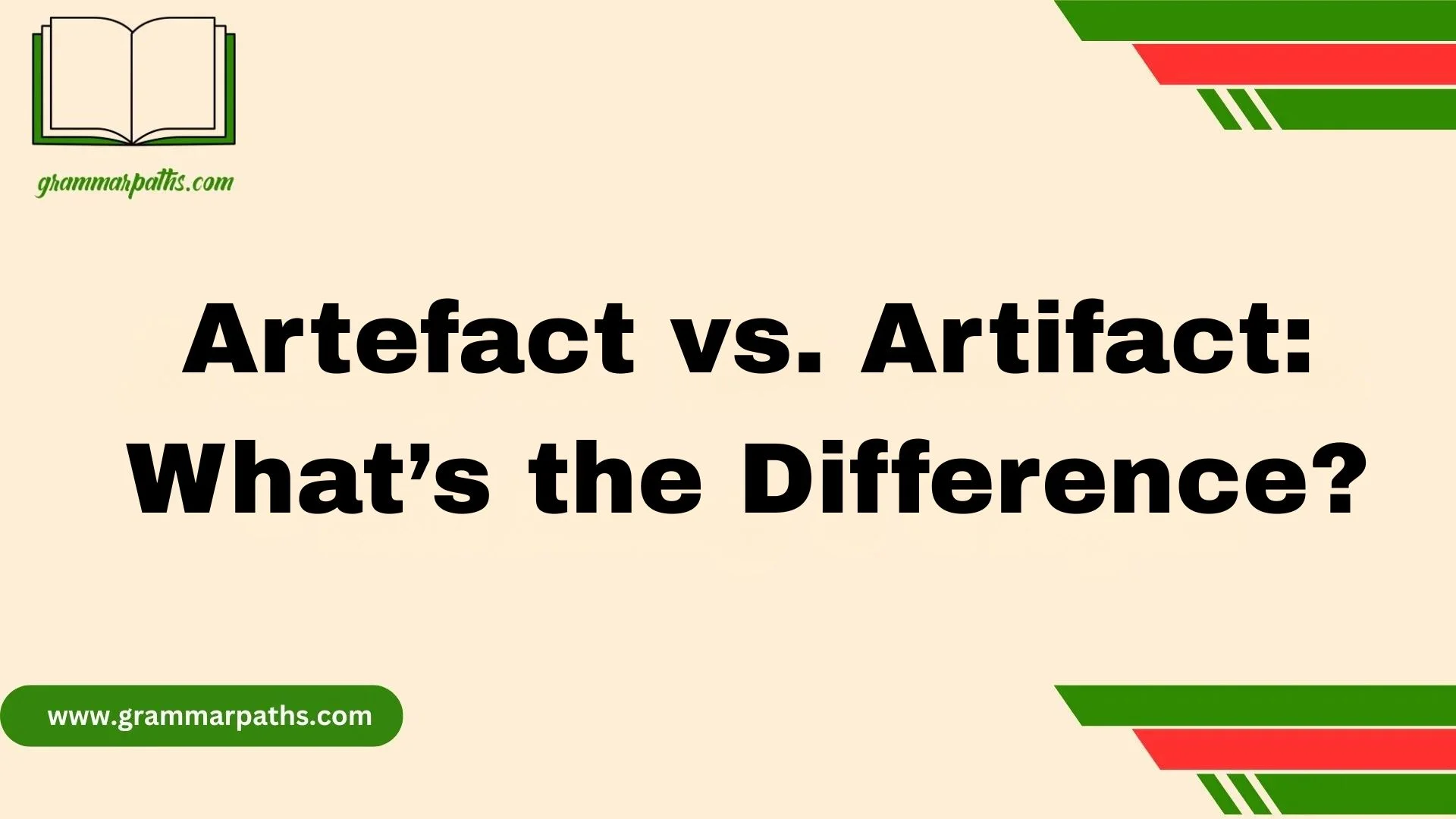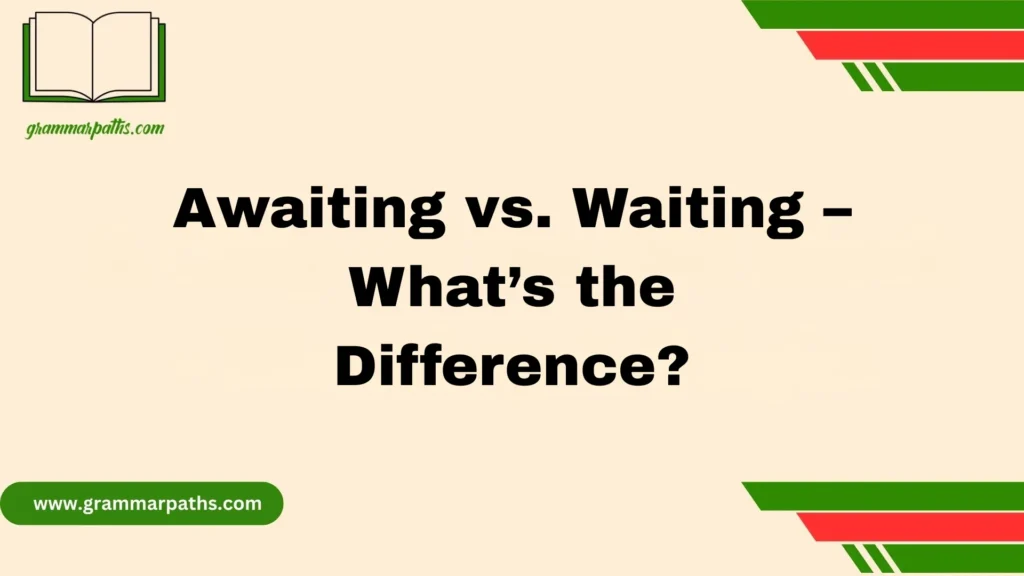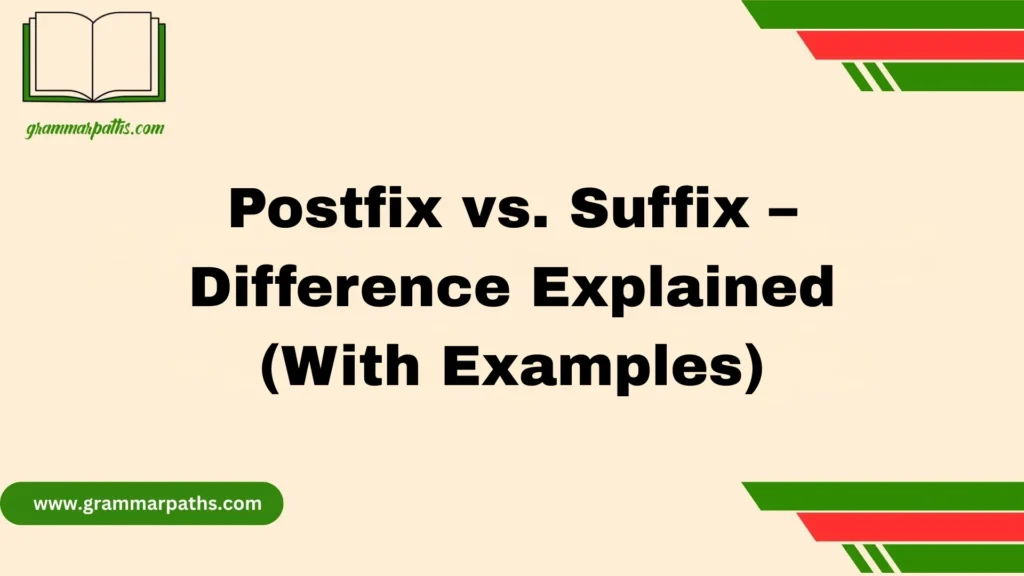When I first studied linguistics, I was fascinated by how a simple spelling could carry history and culture. The word Artefact, common in British writing, is a noun with the meaning of an object carefully shaped by human workmanship, often with historical or archaeological interest. On the other side, the American choice, Artifact, reflects a different path. Both spellings are etymologically sound and completely justifiable, with a record stretching back hundreds of years in English. What caught my interest while digging through books and periodicals was that the preference for “Artefact” is relatively new—a development that only really gained the upper hand late in the 20th century, around 1990.
As a researcher, I even checked ngram graphs, which visually renders the story of how the two forms have vied for ascendancy. When I looked at the large number of sources published between 1900 and 2019, the data made the shift clear. The visual pattern shows that “Artefact” gradually overtook “Artifact” in British contexts, while the American side continued steady. Seeing this movement reminded me that language isn’t frozen; it evolves, carrying with it both culture and identity.
Origins and Etymology of the Word
The roots of both spellings go back to Latin. The word comes from arte (meaning “by skill” or “art”) and facere (meaning “to make”). Put together, arte factum literally means “something made by skill.”
As the word entered English, it carried the same sense: a human-made object, especially one with cultural or historical value. Early forms of the word in 17th century English show both spellings appearing almost interchangeably, though neither was standardized.
Over time, dictionaries and academic texts began solidifying preferred versions. The split between “artefact” and “artifact” became sharper in the 19th and 20th centuries as American and British English grew apart in spelling conventions.
Historical Evolution of the Spellings
Spelling variation in English has always been influenced by publishing, dictionaries, and education systems.
- In 17th-century England, records show both spellings in circulation.
- By the 18th and 19th centuries, scholars in Britain leaned toward “artefact,” aligning with spelling reforms that aimed to retain connections to Latin roots.
- In the United States, spelling simplification gained momentum. Noah Webster’s dictionary (1828) encouraged more phonetic spellings, which made “artifact” the dominant choice.
Publishing houses, style guides, and school curricula then reinforced these preferences. As English spread globally through colonization and later globalization, the divide in usage persisted.
British English vs. American English Usage
Today, the difference is straightforward:
- British English → prefers artefact.
- American English → prefers artifact.
But it’s not just a matter of geography. Usage patterns show up in dictionaries and style guides:
| Source | Preferred Spelling | Notes |
| Oxford English Dictionary (UK) | Artefact | Marks “artifact” as a US variant |
| Merriam-Webster (US) | Artifact | “Artefact” noted as chiefly British |
| Cambridge Dictionary | Artefact (UK) / Artifact (US) | Acknowledges regional difference |
| APA Style (American Psychological Association) | Artifact | Consistent with US spelling |
| Chicago Manual of Style | Artifact | American publishing standard |
| MLA Style (Modern Language Association) | Artifact | US-focused guideline |
For students, researchers, and writers, the safe choice is to match the spelling to your audience’s region or the style guide you’re following.
Artefact: Meaning and Usage
In British English, artefact is the spelling of choice. It’s especially common in:
- Archaeology: Excavation reports and academic journals often refer to Bronze Age artefacts or Neolithic artefacts.
- Museums: Labels in institutions like the British Museum or Natural History Museum, London consistently use “artefact.”
- Literature and media: British authors, historians, and journalists naturally favor the spelling.
Example:
“The artefacts recovered from the dig shed new light on Roman daily life.”
The term carries a traditional and academic tone in British contexts. Readers in the UK may even perceive “artifact” as an Americanism that feels out of place.
Artifact: Meaning and Usage
Across the Atlantic, artifact reigns supreme. It’s standard in:
- Museums and cultural institutions like the Smithsonian Institution.
- Textbooks and academic papers published in the United States.
- Legal and governmental documents, where consistent spelling is enforced.
Example:
“Native American artifacts discovered in the region illustrate complex trade networks.”
Interestingly, scientific and technical disciplines in both regions tend to prefer artifact, even in the UK. This is especially true in fields like computer science and medicine, where “artifact” has specialized meanings.
Broader Contexts of the Word
Although most people think of archaeology and history when they hear “artifact” or “artefact,” the term has extended into other domains:
- Medical science: Refers to distortions or errors in test results, such as ECG artifacts or imaging artifacts.
- Computing and software engineering: Describes by-products of development processes, such as design artifacts or build artifacts.
- Digital media and photography: Visual distortions caused by compression are called JPEG artifacts.
- Art and design: Sometimes refers to unintentional elements that appear in production, such as sound artifacts in audio recordings.
In these contexts, “artifact” is the universal spelling, regardless of geography.
Usage Trends and Data Insights
Data analysis tools like Google Ngram Viewer highlight fascinating trends. When we compare the two spellings from 1800 to the present:
- “Artefact” peaked in British publications during the 19th century.
- “Artifact” steadily rose in American texts from the early 20th century onward.
- Since the late 20th century, “artifact” has seen wider global adoption, especially in scientific and digital contexts.
In modern web searches, artifact vastly outpaces artefact worldwide, partly because of the growing influence of American English in digital and academic publishing.
Common Misconceptions
A few myths surround the two spellings:
- Myth 1: “Artefact” is outdated.
Not true. It’s still widely used in British English publications, academia, and museums. - Myth 2: “Artifact” is the only correct spelling.
Both are correct; it depends on the audience and region. - Myth 3: One spelling carries more authenticity.
Again, false. They share the same origin and meaning, and neither is “truer” than the other.
Understanding these misconceptions helps avoid unnecessary debates over correctness.
Cultural and Historical Relevance
Regardless of spelling, artifacts/artefacts are essential to human history. They represent tangible evidence of culture, technology, and daily life.
Examples:
- The Rosetta Stone (housed in London, described as an “artefact”).
- Ancient Native American artifacts preserved in US museums.
- Digital artifacts in software that capture how systems evolve.
In both spellings, the word symbolizes humanity’s attempt to preserve and understand its past.
Quick Reference Comparison Table
| Aspect | Artefact | Artifact |
| Region | UK, Commonwealth | USA, global science/tech |
| Dictionaries | Oxford (preferred) | Merriam-Webster (preferred) |
| Style Guides | Rarely specified | APA, MLA, Chicago → Artifact |
| Fields of Use | Archaeology, museums, literature | Archaeology, museums, computing, medicine |
| Connotation | Traditional, academic, British | Modern, scientific, American |
| Example | “Bronze Age artefacts” | “Digital artifacts in computing” |
Conclusion
The debate of Artefact vs Artifact shows how language is never static. While British English leans toward Artefact and American English prefers Artifact, both spellings remain etymologically correct and justifiable. Over the years, usage trends, supported by ngram graphs and published sources, highlight that culture, writing, and academic traditions play a major role in which form gains the upper hand. For learners, writers, and readers, the choice often comes down to context—whether you’re working with books, periodicals, or communicating with an American or British audience.
FAQs
Q1: Which is correct, Artefact or Artifact?
Both are correct. Artefact is the British spelling, while Artifact is the American spelling.
Q2: When did Artefact become more common in British English?
Around 1990, “Artefact” gained the upper hand in British writing, as shown by ngram data.
Q3: Why are there two spellings?
Both forms are etymologically valid, and English often develops different spellings across regions, influenced by historical and cultural development.
Q4: Does using the wrong spelling matter?
Not usually. Most readers will understand either, but following the preference of your audience—American or British—is best for clear communication.
Q5: Where do we see these words used most often?
They appear in archaeological studies, historical texts, books, periodicals, and academic writing that focus on human workmanship and objects of interest.

Emma Brooke is a passionate language expert and contributor at GrammarPaths.com, where she helps learners navigate the complexities of English grammar, idioms, and effective writing. With a strong academic background and years of teaching experience, Emma excels at turning tricky grammar rules into simple, practical lessons that readers can easily grasp.










